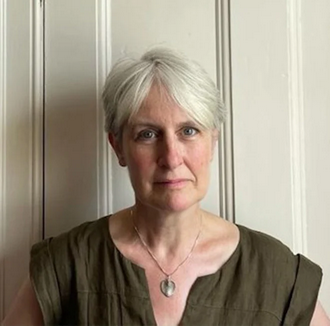Letter from the Chair

This year saw the culmination of several years’ planning and the launch of our brand new Historical Tripos. For those of you who – like me – were undergraduates at Cambridge, you may be feeling a pang of nostalgia. Others will have fond memories of having taught elements of the old Tripos as postgraduate students. But of course, the curriculum has never stood still, as new approaches and alternative perspectives have transformed our teaching and reshaped our students’ arguments and understanding. We’ll have a chance to reflect on the history of History at Cambridge in the coming year as we commemorate three important anniversaries. We hope that Amy Erickson’s article in this newsletter will whet your appetites and that you’ll be able to join us for some of the celebratory events we have planned.
I was honoured to take over the reins as Chair of the Faculty from my brilliant predecessor Alex Walsham a year ago, just as the new Part IA was being rolled out. The aim of the new Tripos is to combine greater attention to progression across all three years with an ambitious degree programme that permits students to engage in the history of humanity across three millennia and every corner of the globe. We recognise that the days when we told Freshers to go to the UL, to fill their bike baskets with books and periodicals and to write an essay by 6 pm on Wednesday evening are gone. We appreciate the need to support our students as they adjust to Cambridge life. At the same time, our students have played a key role in encouraging us to reorientate our new papers to ensure that they are truly global and inclusive in outlook.
With the new Tripos in place we are now looking to an extensive refurbishment of our building. Love it or loathe it, you will know that our iconic Stirling Building has long presented serious practical problems (leaking rooves, icy draughts, flying masonry, intolerable heat in the summer etc.); the challenge of maintaining a suitable temperature in the building is now exacerbated by climate change. Unsurprisingly, the 1960s modernist monument fails to comply with current environmental or accessibility requirements. In exciting news, the University recently agreed to the development of architectural designs in consultation with those who use the building. Led by our Deputy Chair Carl Watkins (medieval historian turned buildings expert), members of the Faculty are now discussing how we might transform a post-war architectural masterpiece into a centre for research as well as teaching and learning, where we can share ideas and develop new collaborations.
Meanwhile, building notwithstanding, my colleagues continue to engage in ground-breaking research, some of which is featured in this newsletter. From the disintegration of Neoliberalism to religious entanglements in Belgian Congo, via Colombo and the Cape of Good Hope, I hope that you will enjoy reading about their innovative projects and inspiring publications and that you will be tempted to attend some of the alumni lectures that will be happening in 2023-24.
